Click here for the YouTube video of this article.
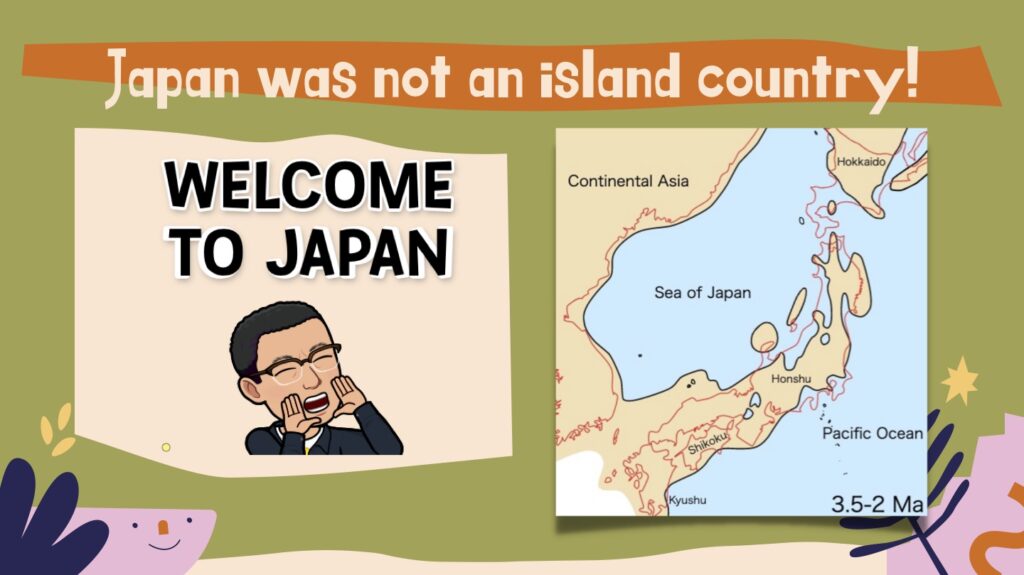
A long, long time ago, Japan was connected to the continent. So the first Japanese probably crossed land bridges between Korea and Kyushu. But when sea levels rose at the end of the ice age more than 15,000 years ago, those land bridges disappeared. Japanese history started with the people who stayed on the Japanese archipelago.
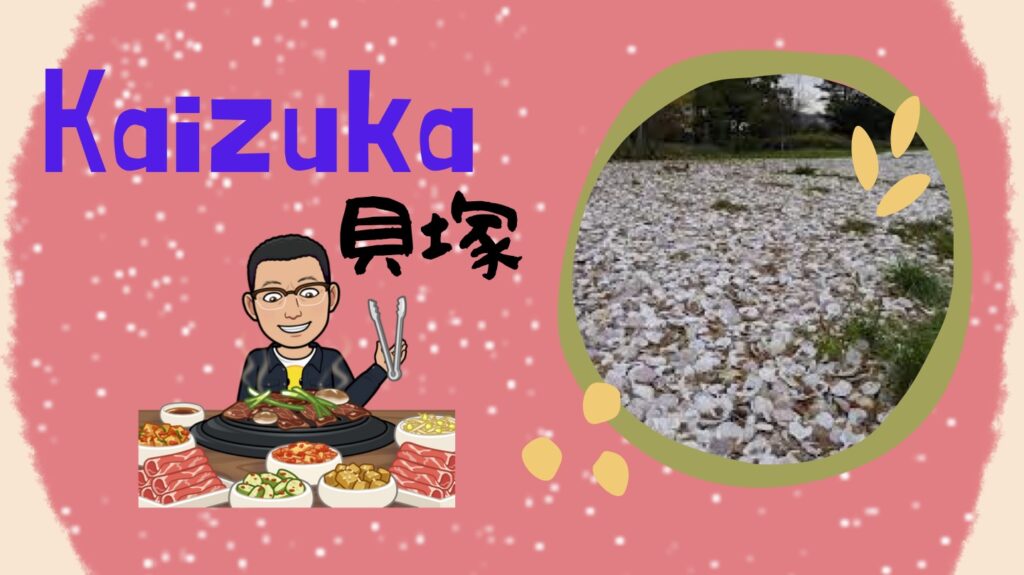
They lived by hunting and gathering things to eat. They hunted animals like deer and boars. They gathered seeds, plants, fish, and shellfish. Archeologists learn about these people by examining shell middens called Kaizuka in Japanese.
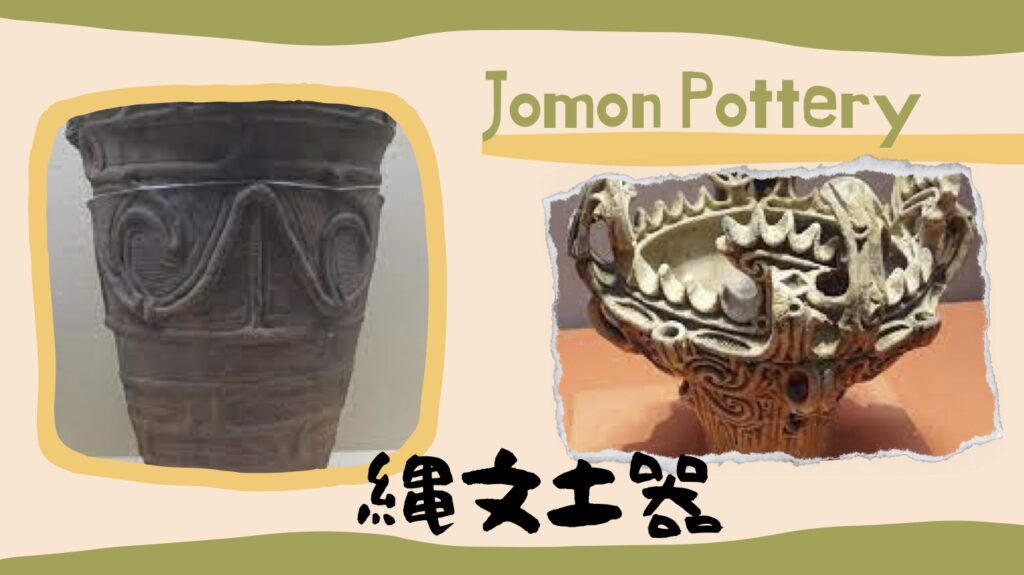
The Jomon people made the earliest pottery in the world. The name “Jomon” refers to the “rope-pattern” on the surface of their ceramics. Some of these are highly decorative and surprisingly modern. Because the pottery is so distinctive, we call the period from ca. 10,000 B.C.E to 300 B.C.E the Jomon period.
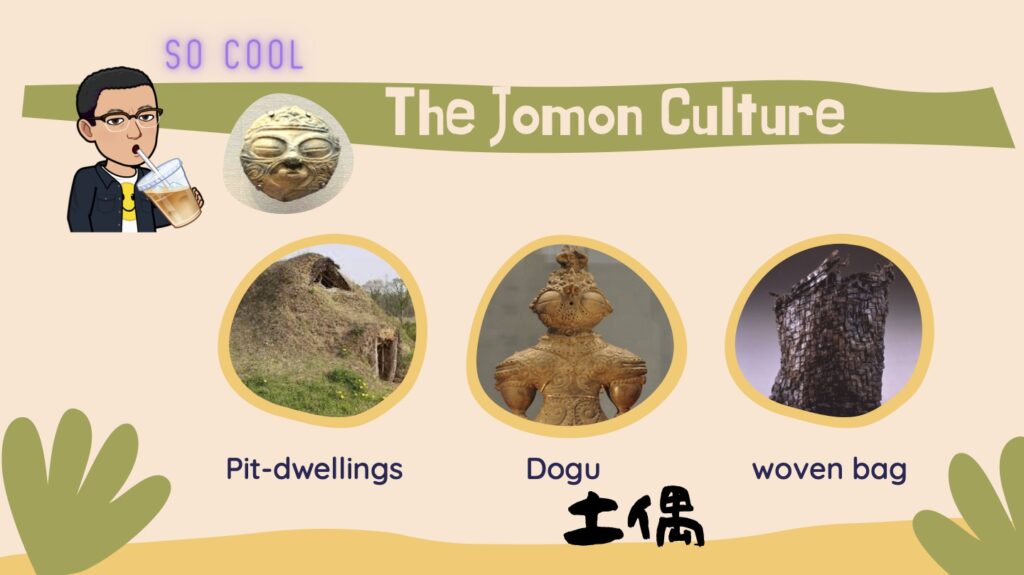
The people lived in pit-dwellings. They made clay figures called dogu. We can see a wide variety of dogus at museums all across the country. Researchers believe that they were made to pray for fertility. We can also see many craftworks like woven bags which were made for collecting nuts and berries.
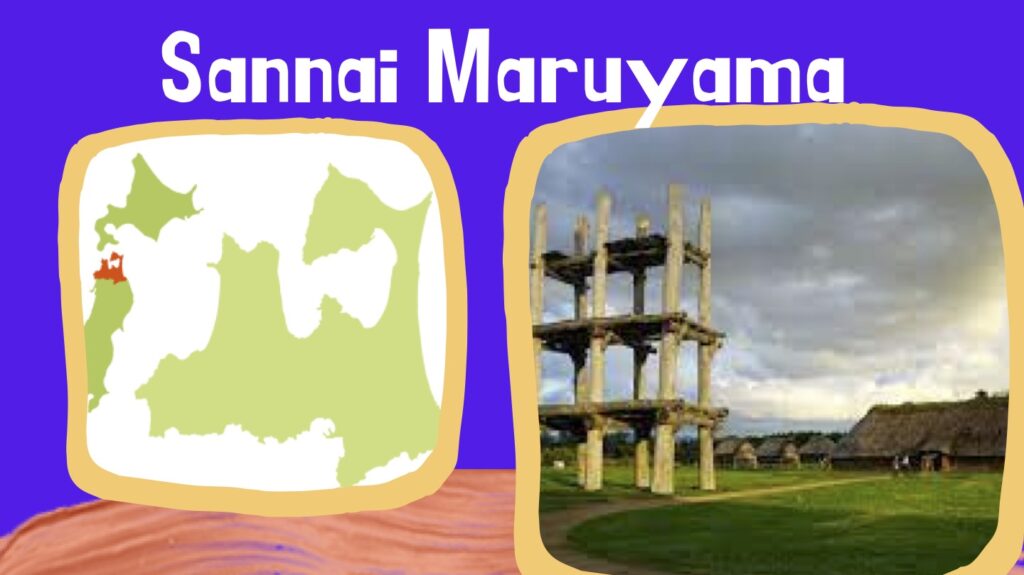
The Sannai Maruyama site in Aomori Prefecture is one of the best places to learn about the Jomon culture. About 500 people probably lived there together until about 4,000 years ago. The outdoor museum there shows what Jomon life was like.
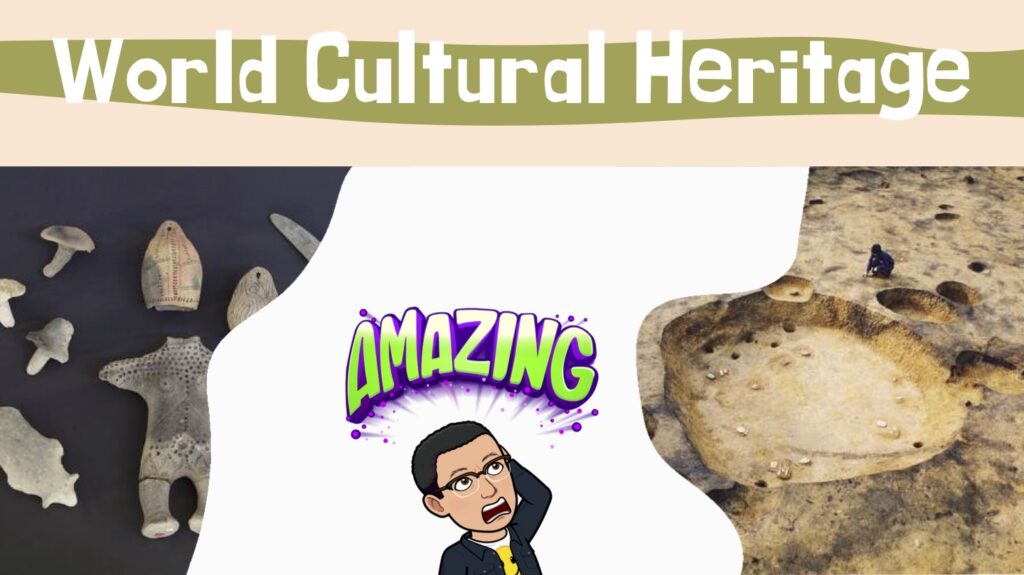
In 2021, the “Jomon Archeological Sites in Hokkaido and Northern Tohoku” was registered as a UNESCO World Cultural Heritage site. It is a collection of sites in northern Japan related to the Jomon Period.
Thank you for reading.



Comment